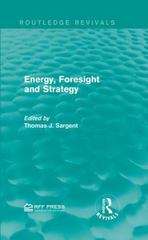Question
2. In 2019, the Department of Justice approved the proposed merger of T-Mobile and Sprint despite, concerns that the combination could mean less competition and
2. In 2019, the Department of Justice approved the proposed merger of T-Mobile and Sprint despite, concerns that the combination could mean less competition and greater power to raise prices in the cellular industry. (In the previous decade, the largest firms, AT&T and Verizon, had gained market share, while a number of smaller competitors had been acquired or exited the market. Regulators denied AT&T's proposed acquisition of T-Mobile in 2011 but allowed T-Mobile's acquisition of MetroPCS in 2018) In 2019, the market shares of the four dominant cellular providers were: Verizon (35%), AT&T (34%), T-Mobile (17.5%), and Sprint (12%).
a. Compute the Herfindahl-Hirschman Index before the merger and after the merger. Explain why HHI is a better indicator of changes in concentration than the four-firm concentration ratio.
b. the Department of Justice considers a market with an HHI of less than 1,500 to be a competitive marketplace, an HHI of 1,500 to 2,500 to be a moderately concentrated marketplace, and an HHI of 2,500 or greater to be a highly concentrated marketplace. Mergers that increase the HHI by more than 200 points in highly concentrated markets are of significant antitrust concern because they are "presumed likely to enhance market power" in the oligopoly. Is that the case here?
Step by Step Solution
There are 3 Steps involved in it
Step: 1

Get Instant Access to Expert-Tailored Solutions
See step-by-step solutions with expert insights and AI powered tools for academic success
Step: 2

Step: 3

Ace Your Homework with AI
Get the answers you need in no time with our AI-driven, step-by-step assistance
Get Started


